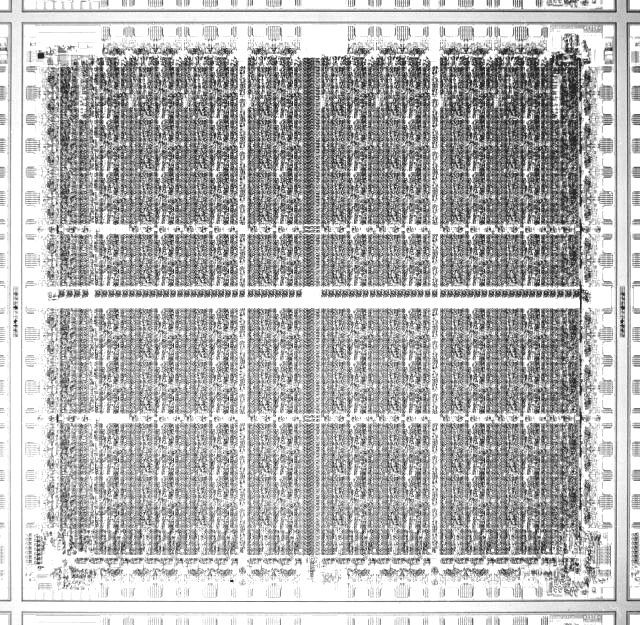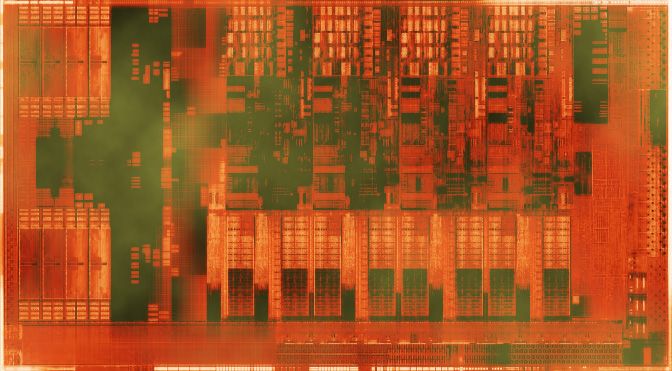From the future — ‘Back to the Future,’ that is.
Category: futurism – Page 1155
For those who read here often, there are clear signs that the FPGA is set to become a compelling acceleration story over the next few years.
From the relatively recent Intel acquisition of Altera by chip giant Intel, to less talked-about advancements on the programming front (OpenCL progress, advancements in both hardware and software from FPGA competitor to Intel/Altera, Xilinx) and of course, consistent competition for the compute acceleration market from GPUs, which dominate the coprocessor market for now.
Last week at the Open Compute Summit we finally got a glimpse of one of the many ways FPGAs might fit into the hyperscale ecosystem (along with other future hardware insight) with an announcement that Intel will be working on future OCP designs featuring an integrated FPGA and Xeon chip. Unlike what many expected, the CPU mate will not be a Xeon D, but rather a proper Broadwell EP. As seen below, this appears to be a 15-core part (Intel did not confirm, but their diagram makes counting rather easy) matched with the Altera Arria 10 GX FPGAs.
If The World Were 100 People
Posted in futurism
A team of programmers has built a self-generating cosmos, and even they don’t know what’s hiding in its vast reaches.
Every particle in the universe is accounted for. The precise shape and position of every blade of grass on every planet has been calculated. Every snowflake and every raindrop has been numbered. On the screen before us, mountains rise sharply and erode into gently rolling hills, before finally subsiding into desert. Millions of years pass in an instant.
Here, in a dim room half an hour south of London, a tribe of programmers sit bowed at their computers, creating a vast digital cosmos. Or rather, through the science of procedural generation, they are making a program that allows a universe to create itself.
More urgency placed on making Microfluidics/ embedded H2O droplets for cooling microchips so that the emergence of high performing microchips coming in the future.
DARPA and Lockheed Martin have a plan to build microfluidic cooling into modern microprocessors. This could dramatically improve CPU cooling and break the bottleneck on clock speed scaling — at least, for a little while.









